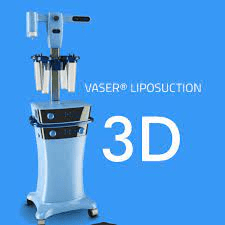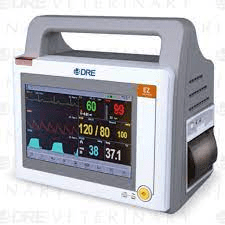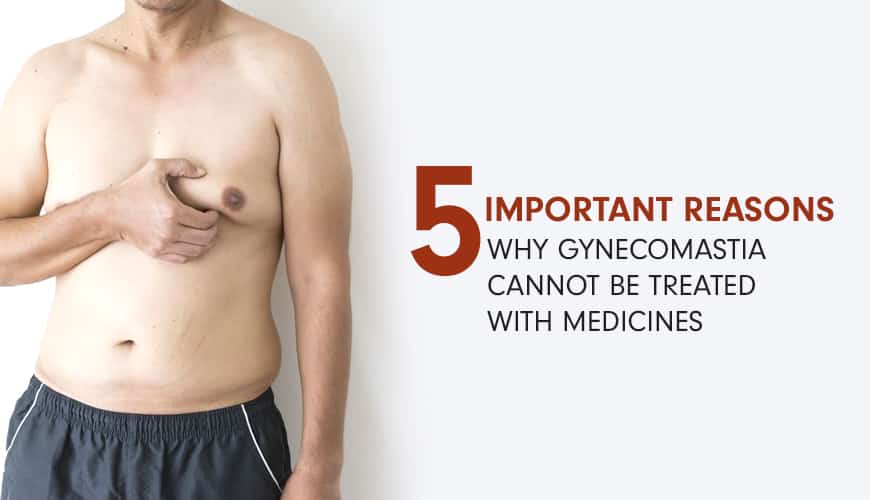Why medical treatment does not work for Gynecomastia?
Medical Treatment Vs VASER – Gynecomastia is accumulation of fat and gland, and the only way to tackle that is by removal of both gland and fat. No medicine can dissolve either fat or chest gland. Anti estrogen or anti testosterones tablets are also a complete waste of time in gynecomastia treatment
SO PLEASE DO NOT WASTE TIME OR MONEY AND RISK SIDE EFFECTS OF MEDICINE FOR GYNECOMASTIA TREATMENT.
Diagnosis of Gynecomastia?
This is a Clinical diagnosis and no investigation is needed.
Why is Gynecomastia a Clinical Diagnosis
We have seen a large number of patients who bring ultrasound reports and ct scan reports saying that there is no gynecomastia or gland present. But we need to treat patients, not the reports. If a patient needs a surgery because of enlarged breast, can we refuse treatment because ultrasound does not find a gland
Only a mammogram can reliably locate the gland, no USG can define it. In our experience nearly 100% of patients need removal of gland and fat for proper result and this is not corroborated by any imaging
Remember, We Treat The Patient, Not The Report
In medical conditions causing gynecomastia, the diagnosis of gynecomastia is still clinical, but we need to identify the medical problem with blood test and imaging like USG abdomen, CT/MRI brain etc.

Vaser for Gynecomastia surgery
Vaser is latest technology of liposuction using Ultrasound for fat breakdown, making the procedure more safe and with much better results
- Only breaks fat, not blood vessels or nerves
- Faster recovery
- Hardly any blood loss
- Better skin contraction
- More fat removal
- Grade 2a
- Grade 2b
- Grade 3a
- Grade 3b
- Grade 4a
- Chest pack surgery
- Six pack surgery
Virtually Scarless Gynecomastia
When surgical wound closure is done meticulously, there is hardly any visible scar in > 90% patients. Some patients may have hypertrophic tendency, that may cause scars. However that is not so common at all.
- Delicate tissue handling:- Handling skin and soft Tissue delicately and Gently
- Internal buttress stitch:- 3 stitches to prevent depression in lower scar
- Gillies B stitch technique:- Does not cause scar on lower skin upper stitch entry and exit hides in folds of areola
Not following these techniques lead to very bad scars.
Example - Surgical incision done from the side



Our Patients Trust Us and Love Us.
See These Confidence Building Videos
Get Free Consultation Connect Today
How to ensure best gynecomastia scar?
- Always do only with Plastic Surgeon
- Discuss the technique before surgery
- Do regular massages
- Always do only with Plastic Surgeon
- Discuss the technique before surgery
- Do regular massages
Steps of surgery are well synchronized for both local anesthesia as well as General anesthesia
The steps of all surgeries are:
Local anesthesia
- Marking and infiltration of local anesthesia solution – in every patient we need to do marking of the area to be operated
- Local anesthesia is then infiltrated using needle and syringe. The injection is first made on the areola at the point of incision. A second shot of anesthesia is then made at the outer part of the chest where the drain is to be placed. Further infiltration is done with a multihole cannula over the entire area to be operated.
- Wait for 10 minutes
- Liposuction – to remove fat. This can be with hand or with liposuction machine
- Gland removal – removal of gland is done while keeping 5-7% of gland intact to maintain shape
- Drain insertion – we insert drains in all cases of local anesthesia to make sure there are no hematomas
- Skin stitches
Fine stitches are put in 2 layers to make the healing almost scarless
General Anesthesia
Marking and infiltration of local anesthesia solution – in every patient we need to do marking of the area to be operated. During infiltration , the first shot is made near the upper arm, at the point of infiltration. We do the majority of infiltration from this point. The 2nd point of infiltration is at the areola. This is from where we remove the gland.
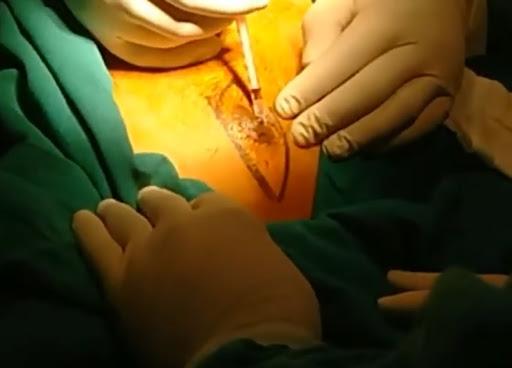






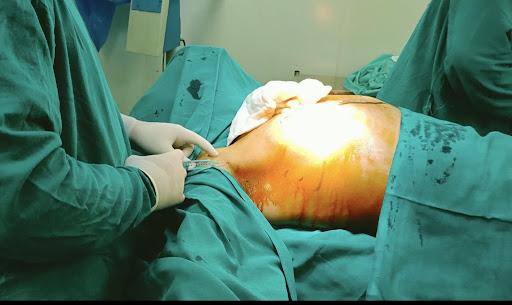
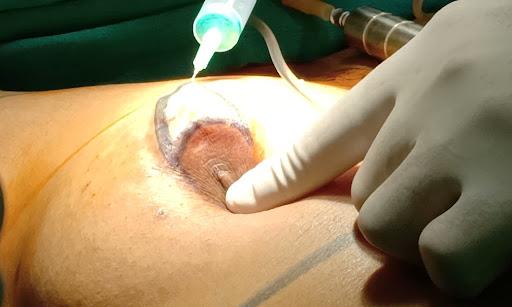

Introduction
Planning the technique and all the steps involved in the surgical process is essential to get a great result. Gynecomastia definitely requires a great deal of planning since there are many types of grades and there are so many patient Expectations in order to get the best result
What are the steps of the planning
- Anesthesia – the decision is whether to do the procedure under local anesthesia or general anesthesia – grade 1 can be done in LA only
- Whether skin lift is required – if there is any skin then it is likely that the post surgery result will be compromised and in this situation it is better to perform a skin lift procedure
- How long is the procedure – usually grade 1 and grade 2 take 45 minutes , while grade 3 takes an hour. Grade 3b, and 4a can take 90 minutes
- Measuring the pressure garment – should be done in pre surgery period
- Ordering blood tests – the entire list of blood test is given to the patient and the test must arrive at least 48 hours prior to surgery
- Payments – it is always recommended That all the payment formalities are completed prior to the surgery
- Ruling out any contraindications – like heart stent, cardiac problem, use of blood – thinners, brain disease cancers, lung disease – any medical problem that can be a contraindication to surgery should be discussed before the procedure itself.
- Informing patient about follow up procedures – when Does the patient have to come to the clinic for bandage removal and other follow up
- Consent Planning – informing patient about the surgery, the alternatives, the risks and benefits, and the right of refusal for the procedure.
- Photography – photography at correct angles is necessary because this can prevent any patient disputes after the surgery. this can also be essential if any medical legal issue comes up

Gynecomastia surgery is not to be taken lightly. There are many important safeguards to get best results and ensure safety
Before Surgery
Patients perspective
- Ensure surgery only with Plastic Surgeons
- Check the facility
- check EMI options
- Check if you have option of VASER – is not not needed in Grade 1, and most of Grade 2a. Above that grade it is very useful
- Get correct grade assessment
- Dont plan larger grades of anesthesia under local anesthesia, it should be done under general anesthesia
- Plan your follow up programme
- Get your pressure garment measured
- Communicate your blood tests with doctor
- Fill medical records form and give correct information always
Doctors perspective
- Check the grade
- Rule out any medical problems
- Check for any medicines or supplements
- Ensure pre operative instructions for surgery
- Instrument sterilization
- Operation theatre fumigation
- Pre anesthesia check up
During Surgery
- Check anesthesia equipment
- Antbiotics
- Check expiry of medicines
- Test dose of local anesthetic
- Dont over liposuck
- Dont remove all the gland
- Ensure bleeding is in control
- Get proper pressure with bandage
- Check for asymmetry
- Ensure equal removal of fat
Post Surgery
- Observe for any bleeding in the post op period
- Observe vital – BP, Pulse, Oxygen saturation
- Follow up the patient for possible complications – seroma , infection, skin damage, nipple damage etc
